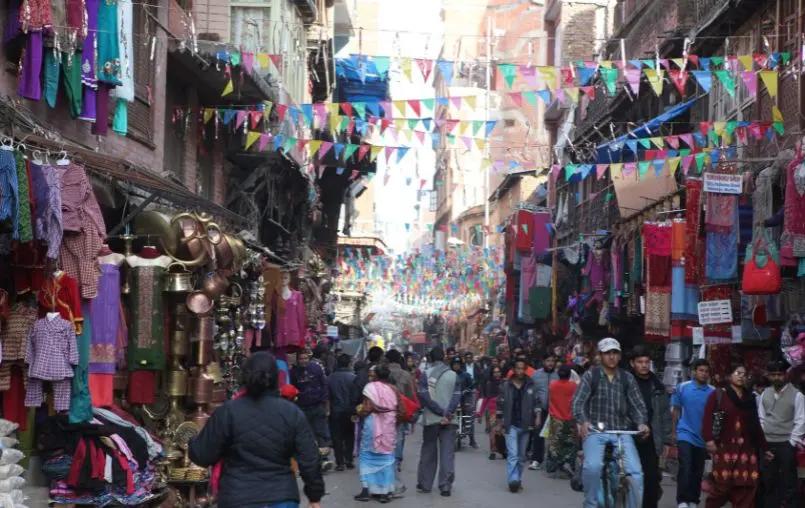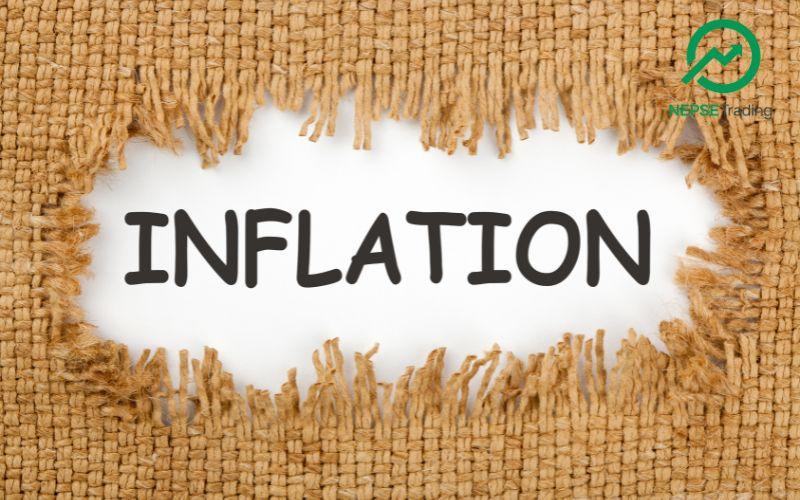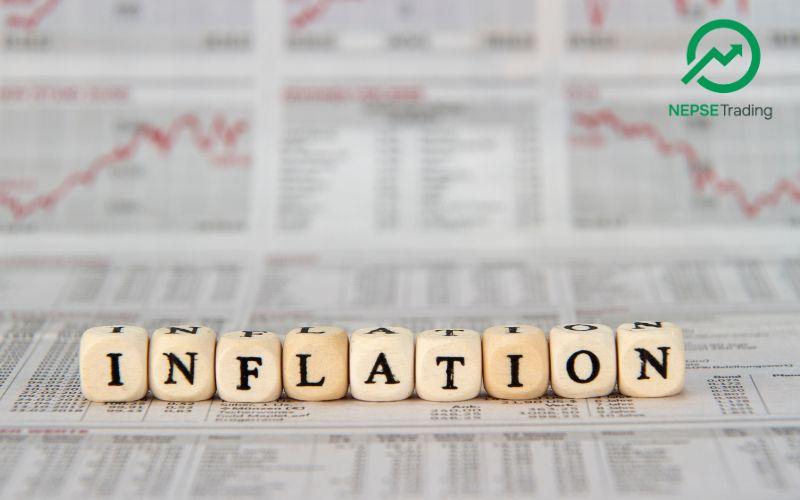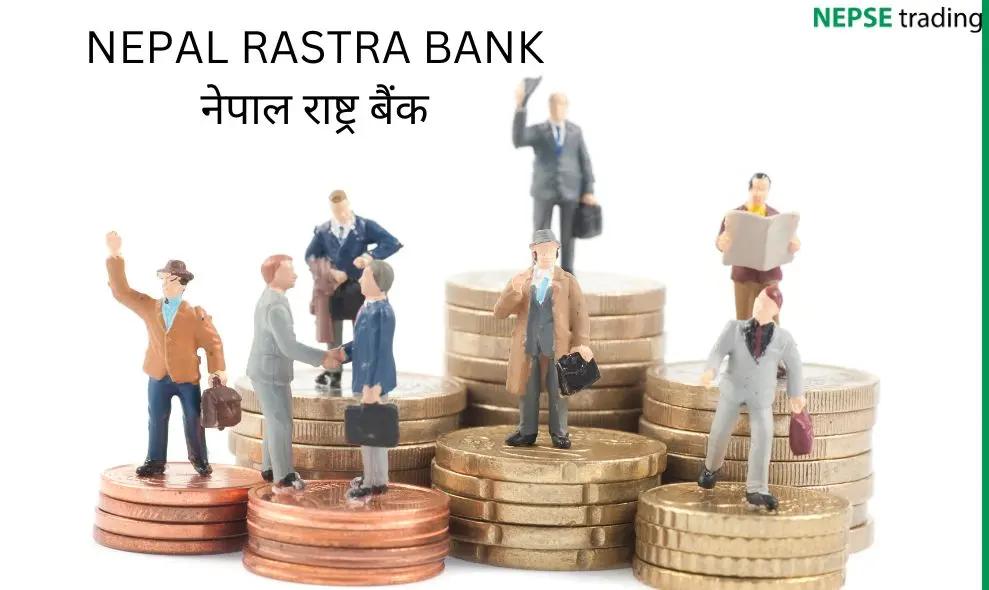By Dipesh Ghimire
Wholesale Prices Rise Moderately as Primary Goods Decline but Manufactured Products Strengthen

Nepal’s wholesale market has shown a mixed pattern of inflation this year, with overall wholesale prices rising moderately despite notable drops in key commodity groups. According to the latest National Wholesale Price Index (NWPI) data, the overall wholesale index increased to 162.38 points in mid-October 2025 (Asoj 2082), reflecting a 1.32 percent rise compared to last year and 1.11 percent growth from the previous month. Although the growth remains positive, the slower pace signals a cooling in wholesale inflation pressures across the economy.
One of the most significant developments is the sharp contrast between primary commodities and manufactured goods. The Primary Group, which includes food grains, vegetables, livestock, and raw agricultural materials, saw a considerable decline. The index for this category dropped by 5.90 percent from last year, primarily driven by falling food prices. Food products within the primary group fell by 6.61 percent, suggesting improved agricultural supply conditions, better harvests, or reduced transportation bottlenecks. However, non-food primary items registered a 5.99 percent increase, reflecting rising costs in minerals, raw materials, and other non-agricultural inputs.
In contrast, the Manufactured Goods category—accounting for over 57 percent of the wholesale basket—showed a strong upward movement. The index for manufactured items rose by 6.88 percent year-on-year, indicating increasing production costs across industries. Categories such as Basic Metals experienced a dramatic 16.48 percent annual jump, partly due to higher import costs of metal ores, higher global steel prices, and rising domestic demand from the construction and engineering sectors. Non-metallic mineral products, which had seen a significant decline last year, surged by 16.73 percent compared to mid-October 2024 as major construction activities gained momentum.
Food, beverage, and tobacco products also posted a notable price increase of 4.63 percent, suggesting rising processing costs, higher logistics expenses, and increased corporate pricing strategies. Similarly, textiles, wood products, rubber, and plastics all reported renewed price increases after previous months of decline. Analysts view this rise in manufactured goods as an indicator of improving industrial activity but also as a sign of cost-push inflation that may affect consumer markets in coming months.
The Fuel and Power group remained relatively stable but still showed a decline compared to last year. The index fell by 1.95 percent, driven mainly by a 2.53 percent drop in fuel and petroleum products. This decline reflects easing international oil prices, stable import supply, and Nepal’s improved reserves of petroleum products. Electricity prices remained unchanged across all months, as tariff revisions were not recorded during the period.
Under the Broad Economic Classification, consumption goods—which directly impact consumer inflation—showed a mild decline of 1.24 percent, reflecting cheaper food prices and lower wholesale rates for household essentials. Intermediate goods, used in manufacturing, increased by 2.71 percent, indicating rising production costs for industrial firms. Capital goods, which represent machinery, equipment, and tools, rose slightly by 2.40 percent, hinting at gradual investment activities in industries and infrastructure.
The construction material index provides another crucial insight into the economy. Construction materials rose by 3.88 percent year-on-year, driven by metals and minerals. However, compared to the previous month, construction material prices fell by 0.92 percent, showing short-term price correction in cement, sand, and construction equipment. This decline could support ongoing building projects and infrastructure development.
Overall, the wholesale price data reveals a dual trend—softening food and fuel prices have helped ease inflation, while rising prices of manufactured and industrial goods reflect growing production costs and stronger economic activity. Economists believe that if the upward trend in manufactured goods continues, Nepal may see moderate inflation pressure in retail markets in the coming months. However, stable fuel prices and improving agricultural supply may help balance the overall inflation outlook.









